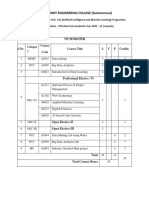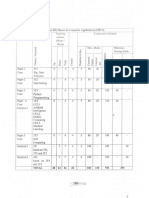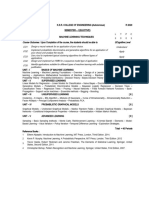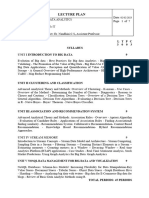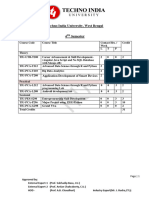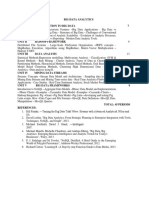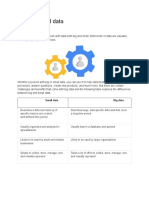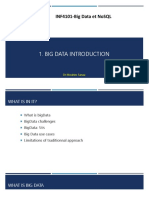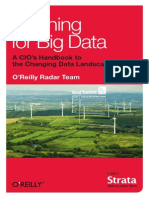0% found this document useful (0 votes)
25 views10 pagesSyllabus Sem 7
The document outlines course details for three subjects: Machine Learning (CSC701), Big Data Analysis (CSC702), and Natural Language Processing (CSDC7013), each with specific objectives, outcomes, and modules covering foundational concepts and practical applications. It includes prerequisites, course objectives, outcomes, detailed module content, textbooks, and assessment methods for each course. Additionally, it provides a brief overview of a Blockchain course (CSDC7022) focusing on blockchain concepts, cryptocurrency, smart contracts, and programming for blockchain.
Uploaded by
SEB65Vinit telavaneCopyright
© © All Rights Reserved
We take content rights seriously. If you suspect this is your content, claim it here.
Available Formats
Download as PDF, TXT or read online on Scribd
0% found this document useful (0 votes)
25 views10 pagesSyllabus Sem 7
The document outlines course details for three subjects: Machine Learning (CSC701), Big Data Analysis (CSC702), and Natural Language Processing (CSDC7013), each with specific objectives, outcomes, and modules covering foundational concepts and practical applications. It includes prerequisites, course objectives, outcomes, detailed module content, textbooks, and assessment methods for each course. Additionally, it provides a brief overview of a Blockchain course (CSDC7022) focusing on blockchain concepts, cryptocurrency, smart contracts, and programming for blockchain.
Uploaded by
SEB65Vinit telavaneCopyright
© © All Rights Reserved
We take content rights seriously. If you suspect this is your content, claim it here.
Available Formats
Download as PDF, TXT or read online on Scribd
/ 10





